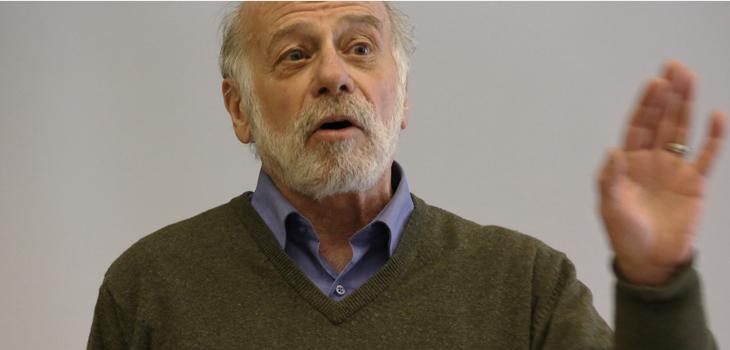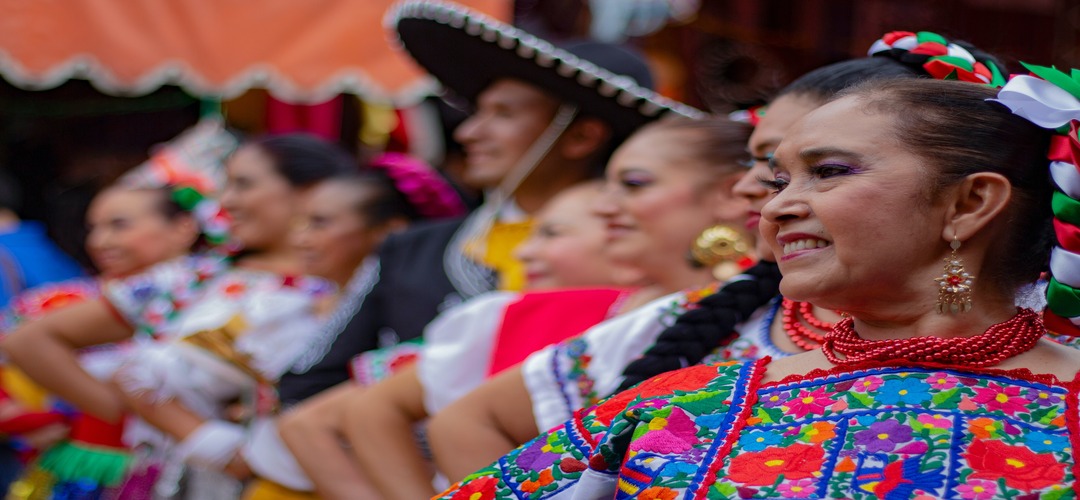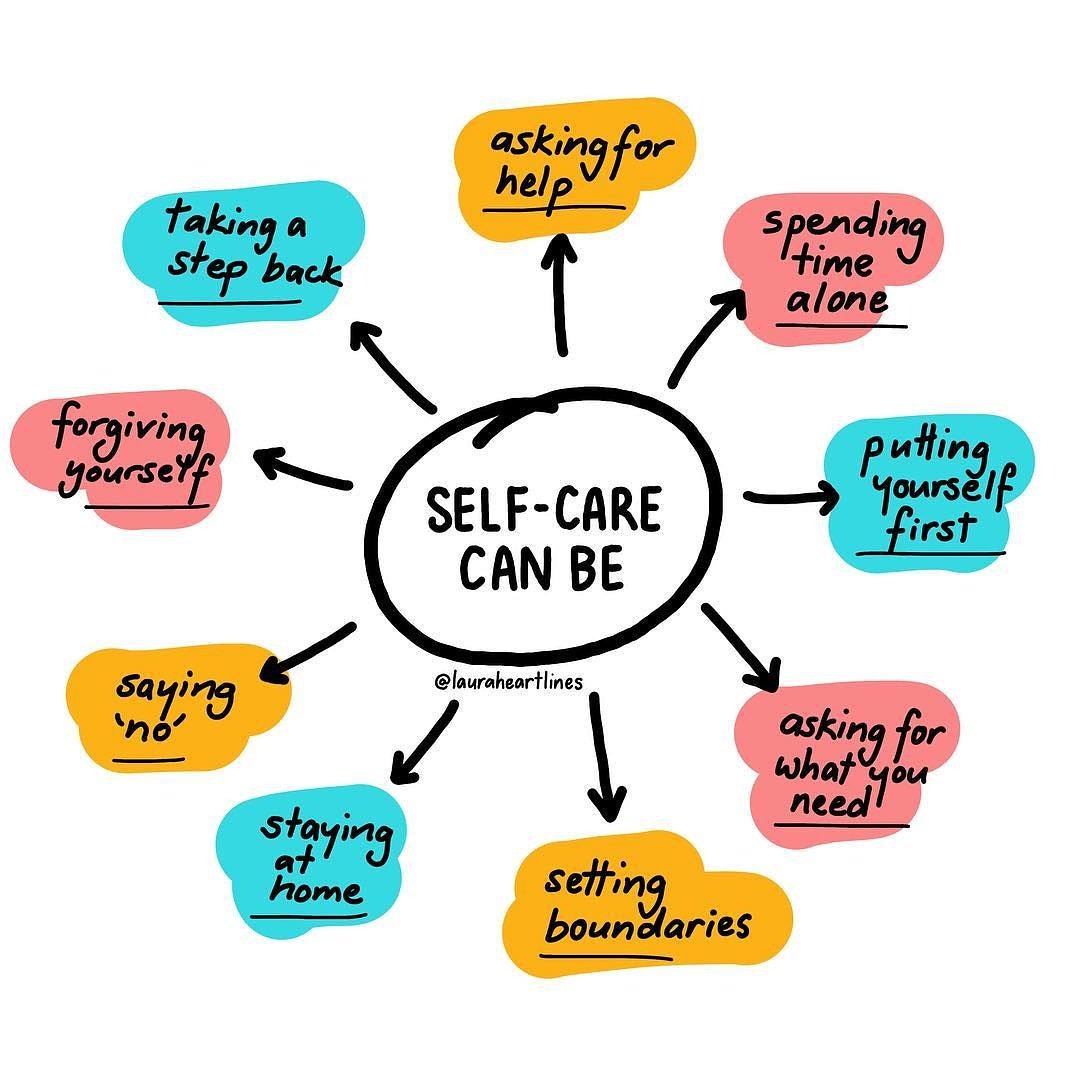Olivia Le is a senior at Binghamton University who pushes sustainability on campus by using her small thrifting business on Instagram, Binghamton Thrifts.
She studies business administration with a concentration in marketing and is involved with the field hockey club and the student association board on campus.
Twenty years old and from Long Island, New York, Le has built a platform through her passion for thrifting that heavily promotes saving the environment for students.
Her growth and creation go back to March 2020 and have come a long way.
The inspiration behind Binghmaton Thrifts
“I love thrifting and before I started the business I would find a lot of the pieces that I thought were super cool or super trendy…,” said Le.
She continued, “Or I knew someone else who would love a piece that personally did not fit my style so I would leave it behind, Then I thought about blending that with my love for business, social media, and marketing.”
“I thought that it would be a good way to make some extra money on the side while promoting sustainability.”
– Olivia Le, Binghamton Thrifting
“Not a lot of people thrift because it is very time-consuming and people don’t want to go search through a bunch of stuff for a couple of hours,” said Le.
She continued, “So, I thought this would be a great way to make it easier for people to shop sustainably. Websites and companies like SHEIN make buying so easy whereas thrifting has more effort to it.”
Le says that by using Instagram the clothing apparel is placed front and center on her page that creating an effortless feel when shopping sustainably.
In everyday society, individuals are constantly on social media platforms such as Instagram, and it has now become a universal platform to do almost anything! She uses the app to her advantage that has flourished her business.
The blueprint to the thrifting business
“I would definitely say just full sending it…”
“When I started, I did not advertise it or say who I was. I just started following a bunch of people who go to this school and eventually it started to pick up,” said Le.
The founder continued, “That is when I decided to you know to start promoting it on other personal social media platforms, told my friends about it, and told my friends to tell their friends. I just kept following a bunch of people as well because I thought it was the best way to gain exposure.”
@binghamtonthrifts pack an order with me! ☺️ ##smallbusiness ##shopsmall ##shopsmallbusiness
♬ Cupid’s Chokehold / Breakfast in America – Gym Class Heroes
Le had a choice to make when it came down to making the best decision for Binghamton Thrifts. “I specifically chose Instagram because other reselling platforms like Depop, Poshmark, and Etsy all take a percentage of your sales and I also know that a lot of college students are not familiar with these platforms.”
“I thought Instagram would be the best to amplify the business because I can keep all my profits as well as gain more exposure especially since my target audience is university students,” she said.
Le takes into consideration the pricing of items basing them on her target audience which is college students. She emphasizes affordability while balancing profits for her business.
Her determination of pricing comes down to the quality and not necessarily the brand.
Where does she cop all this drip?

“Besides selling my own clothes, I started selling other people’s clothes as well on my platform,” said Le.
She continued, “I think that helps in terms of keeping things sustainable. People not throwing away their clothes or only getting a one-time use when it can get multiple uses. Once you sell it to somebody else, someone else will love it and wear it. That is one of the biggest things too.”
Le has effectively pushed sustainability on and off of her college campus. She said, “I would definitely say I made a decent mark on campus…
“If clothes don’t even sell I just donate them back to the thrift store instead of throwing them away and hopefully they go to use.”
How do you decide to let go of clothes that don’t sell?

“I usually hold onto them for a while. Right now, I still have a decent amount of clothes that I have not sold yet or even posted on Binghamton Thrifts IG page. It just depends whether I feel like I have to do a deep clean or need to get rid of some pieces”
“Someone who does want it can have it without it ending up in a landfill.”
– Olivia Le, Binghamton Thrifts Founder
So what’s your focus with Binghamton Thrifts?
“Educating people on sustainability, on thrifting, and how much it can benefit the earth…,” expressed Le.
“The big thing right now? I started donating a lot of profits to charities, I’ve done a Stop AAPI Hate fundraiser, a fundraiser for Black Lives Matter, and for RAINN, the rape abuse national network.
She continued, “I’m trying to definitely make more of an impact on society apart from just selling clothes and keeping sustainability consistent.”
“The two majors things is educating people more on the importance of sustainability through clothes, and helping other causes that are important to me…that are close to me”
– Olivia Le, Owner of Binghamton Thrifts
Using her inspiration and passion in creating Binghamton Thrifts
“I just love the fact that you can thrift such unique pieces, which is such a money saver. I really got into thrifting because of my mom. She actually showed me thrifting a while back and I fell in love with it,” said Le.
She continued, “Social media marketing is something I find really interesting so that is a future goal where I can be a creator out of it”
The balance between being a student and running a small business
“At first I didn’t tell anyone that it was me and I wanted to see if my clothes would sell or if it would pick up at all. There were definitely times where I felt overwhelmed, especially with school and having class at the same time because it was intense.”
“I’ve taken month breaks at times and I haven’t been on it a while now because of school and my extracurriculars, but I am planning to start it up again over winter break and hopefully I still can gain more traction and continue to grow.”
How to cop Binghamton Thrifts?
@binghamtonthrifts thrift haul, but make it neutral vibes 🧸🧺☕️ @BinghamtonThrifts on Instagram ##thrifted ##thrift ##thrifting
♬ Sunny Day – Ted Fresco
Simply search the hashtag #CopBinghamtonThrifts and items that are available and have not been sold yet will appear. The posts obtain descriptions, sizing, and prices that are sold on a first come first serve basis!
Check out Binghamton Thrifts (here).
With almost 4000 followers on her platform, and is commonly known by Binghamton University students, Binghamton Thrifts has been an outlet for eco-friendly new fashion finds.
Le reminds us of several aspects by being an inspiration to all by balancing the life of a student/business owner while also creating good in the world. Le has built her business on a well-rounded ground that benefits students, important organizations that create positive societal impact, and people who enjoy thrifting!
Olivia Le and Binghamton Thrifts will be continuing the mission throughout 2022!

































